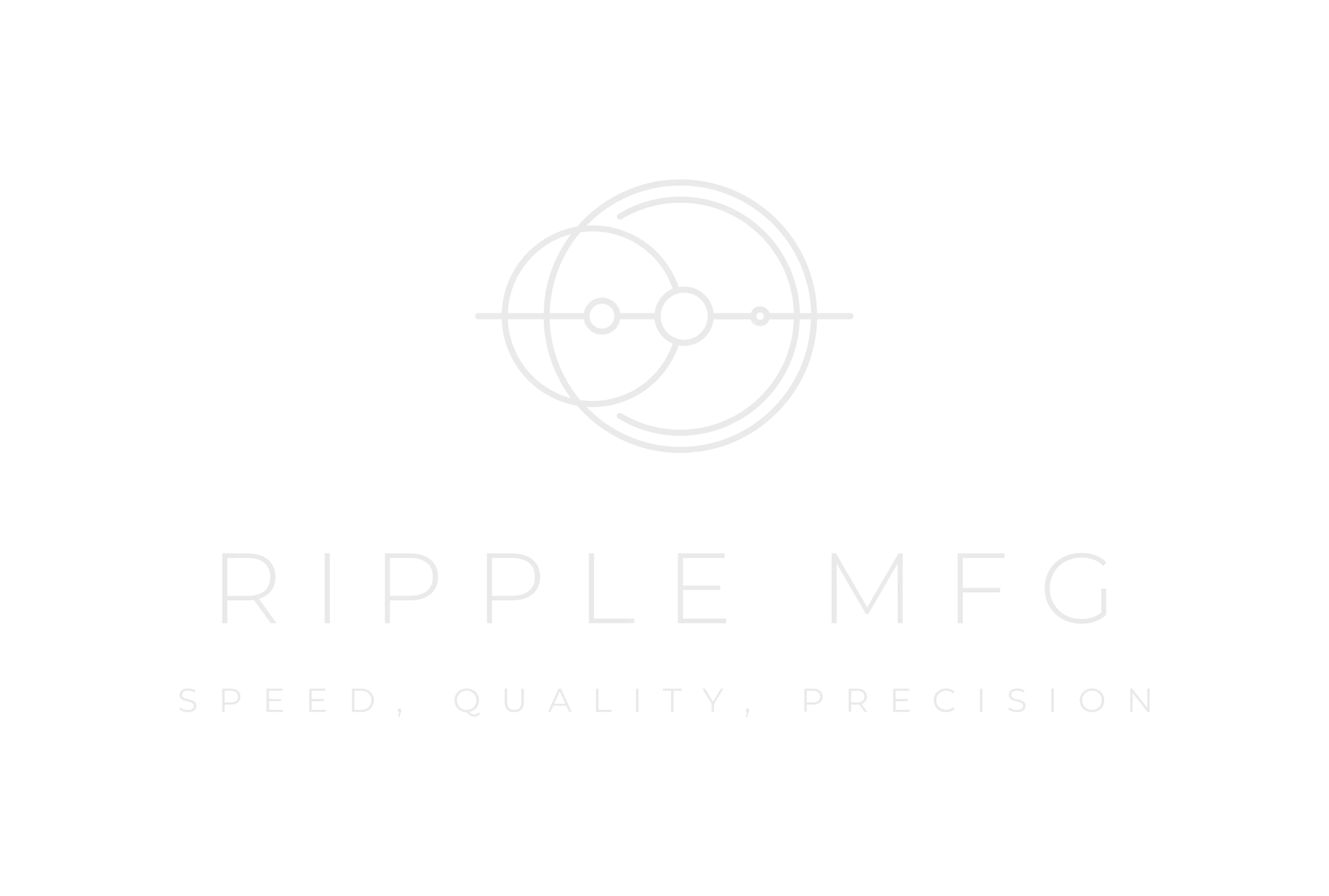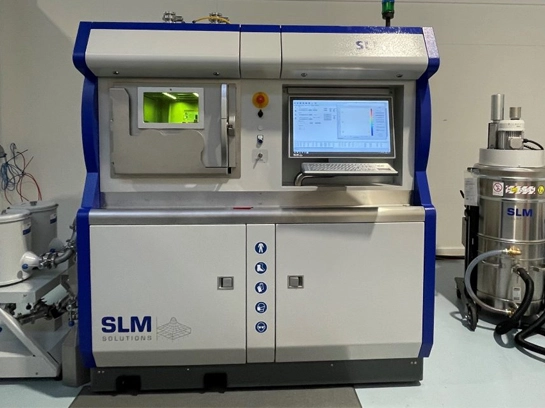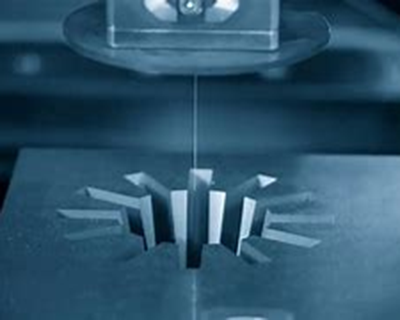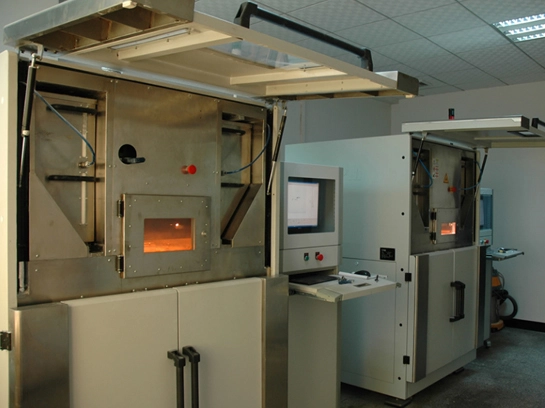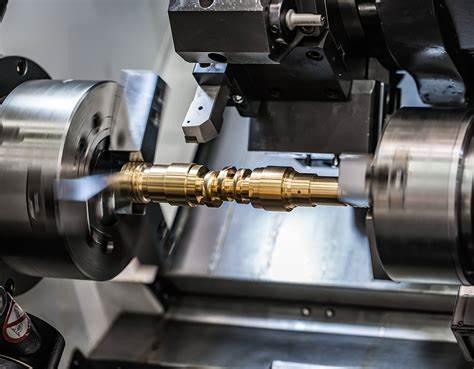Welcome to the fascinating world of nanotechnology, where scientists and engineers manipulate matter at the tiniest scale. Unlocking the potential of this field requires the use of high precision tools that enable precise measurements and control. In this blog, we will explore the importance of high precision tools in nanotechnology applications and how they contribute to advancements in various industries.
The Role of Nanotechnology in Innovation
Nanotechnology has revolutionized numerous industries, ranging from electronics and medicine to materials science and energy. By working with materials at the atomic and molecular level, scientists have been able to develop novel applications that were once inconceivable. However, to fully harness the potential of nanotechnology, the use of high precision tools becomes paramount.
Understanding High Precision Tools
High precision tools refer to instruments that have an incredibly accurate measurement capability and enable fine control at the nanoscale. These tools are designed to meet the demanding requirements of nanotechnology experiments and manufacturing processes. Examples of high precision tools include scanning electron microscopes (SEMs), atomic force microscopes (AFMs), nanopositioning systems, and nanoscale 3D printers.
Enabling Precise Measurements and Analysis
One of the key benefits of high precision tools in nanotechnology is their ability to provide accurate measurements and detailed analysis. Instruments like SEMs and AFMs allow researchers to visualize and analyze nanoscale structures with exceptional resolution. This capability is crucial in understanding the behavior of materials, studying nanoscale phenomena, and developing innovative applications.
Facilitating Nanofabrication and Manufacturing
High precision tools also play a vital role in nanofabrication and manufacturing processes. Nanoscale 3D printers enable the creation of intricate structures with high precision, allowing for the design and production of new materials with unique properties. Furthermore, nanopositioning systems provide the necessary control to manipulate nanoscale objects, aiding in the assembly of nanodevices and facilitating the development of nanosensors and other sophisticated instruments.
As nanotechnology continues to advance and integrated into various industries, the importance of high precision tools cannot be overstated. These tools enable scientists and engineers to navigate the nanoworld, empowering them to make breakthroughs and push the boundaries of what is possible. From precise measurements and analysis to intricate nanofabrication, high precision tools are the backbone of nanotechnology applications. With continued advancements in these tools, we are poised to unlock new capabilities that will revolutionize a wide range of sectors and improve our quality of life. So next time you hear about a groundbreaking nanotechnology application, remember that behind it lies the power of high precision tools.
- How Is Prototyping Used in the Automotive Industry?July 22, 2023Automotive rapid prototyping is an essential process used in the automotive industry to develop new vehicles and components. Prototyping allows designers and engineers to test and refine their ideas b...view
- What is the Tolerance of a 5 Axis CNC Machine?September 19, 2023What is 5 Axis CNC Machining?5 axis CNC machining is a type of computer-controlled machining that uses five axes of motion to cut and shape materials. The five axes allow for greater flexibility and p...view
- Development History Of Injection MoldingFebruary 27, 2023Introduction to Injection Molding Injection molding is also known as injection molding, which is a kind of injection and molding method. The advantages of injection molding method are fast production ...view
- What Are the Process Steps for Cast Urethane Prototypes?September 14, 2024Polyurethane resin is a versatile material used to produce various plastic products. Its applications are diverse because it can produce both flexible, almost rubber-like products, and rigid plastics....view
- Custom Prototype Manufacturing in ConstructionMarch 19, 2024In the construction industry, custom prototype manufacturing is a critical component to ensure a smooth project, and Ripple MFG stands out in the field of custom prototype manufacturing in const...view
- Latest Trends in Precision Tool ManufacturingMarch 19, 2024As technology continues to advance, the field of precision tool manufacturing is witnessing an impressive array of recent trends. These trends not only drive the rapid development of the manufacturing...view
